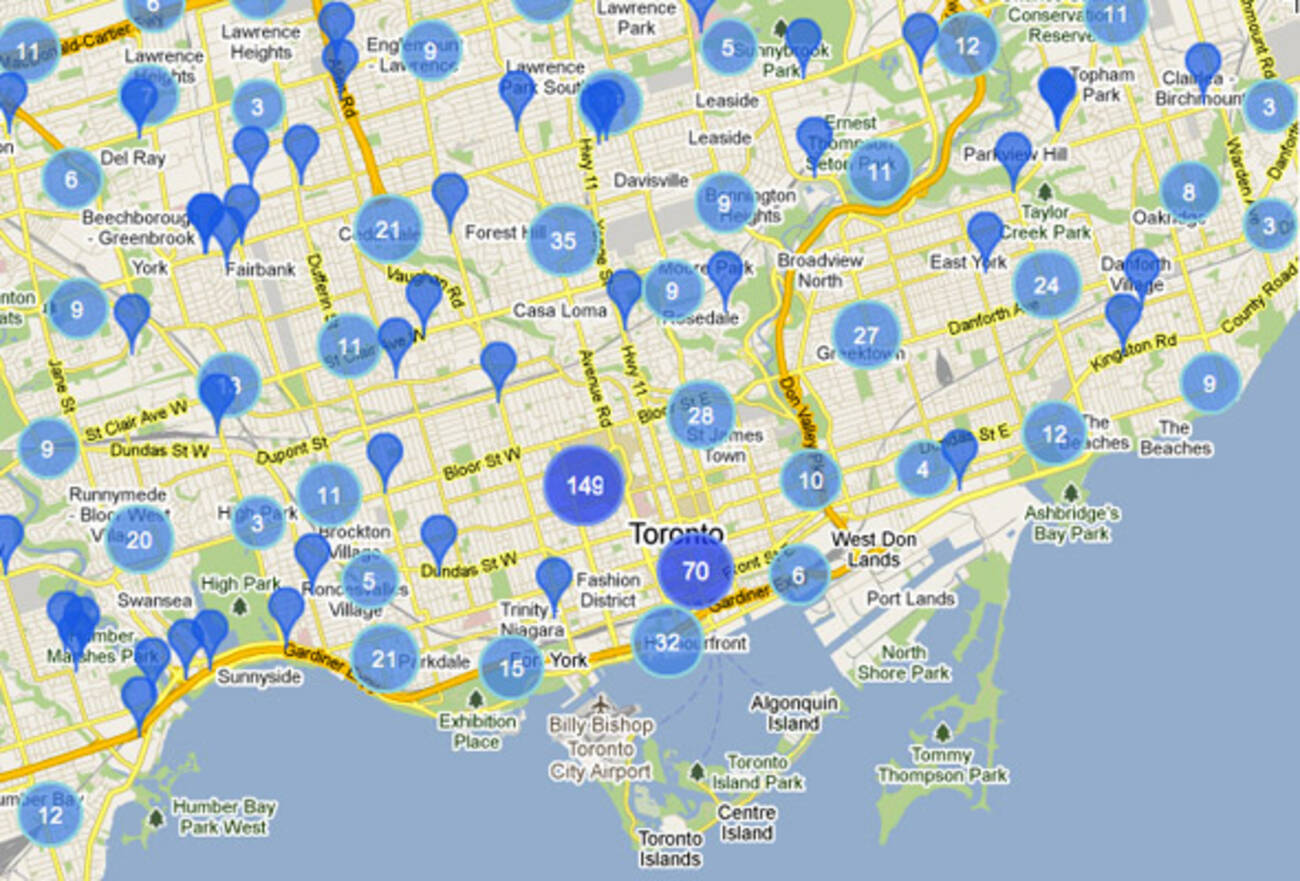If you've ever been through a city and spotted tiny cell towers for 5G placed on poles for street lighting. They look like small boxes, but they're actually broadcasting wireless signals from mobile providers to your mobile.
The smaller ones are being replaced by larger, purpose-built cell towers. Although they're not as visible however, they could create problems for those who live nearby.
A FCC's Radiation Exposure Thresholds
The FCC's Radiation Exposure Thresholds determine the maximum amount of time an individual can be exposed to electromagnetic energy generated by wireless devices. The exposure limits are based on scientific data that prove that electromagnetic energy could be harmful to human health.
The rate of absorption called the specific absorption rate (SAR) is an indicator of the amount of radiofrequency energy that is taken up by tissues. It's usually 1.6 milliwatts per kilogram calculated over one kilogram of tissue.
But, since 5g operates at higher frequencies this could be able to cause greater energy intensity on the skin and other exposed body areas. https://kjellerup-elgaard.blogbright.net/do-you-need-5g-1680191200 could lead to various possible harms, such as an increase in development of skin diseases such as dermatitis and skin cancer and cataracts.

Due to the potential for negative effects of 5G radiation, PSU has chosen to establish a general, localized limits on power density, which is 4mW/cm2 averaged across 1 centimeter, and not exceeding 30 minutes for all 5G services at 3000 GHz. This localized limit is consistent with the maximum SAR that is spatially averaged at 1.6 W/kg, averaged over one 5 grams of body tissue, at 6 GHz.
safe distance from cell tower
If you've ever operated a cell phone, then you're aware that a safe location from the tower is around 400 meters away. This is due to the power of transmission from a cell tower increases dramatically the further away you are from it.
Although this may sound like a good idea but the truth is that those living close to towers might be more susceptible to health problems. For example, a study from 2014 in India found that residents who lived within 50m of cell towers had significantly more health complaints than those who lived farther distance from them.
However, this study also showed that residents who moved to areas further away from the cell towers saw their symptoms return to normal within a couple of days. Other studies have revealed that exposure to high levels of radiofrequency electromagnetic fields (EMFs) can lead to brain tumors, cancer, and other health problems.
This is because RF radiation, which is utilized in wireless communication, can penetrate the human body's outer layer of skin. This is important to understand since the skin functions as a barrier to protect against injuries caused by mechanical forces, infections from pathogenic microorganisms, as well as entry of toxic substances. Additionally, it is the largest organ of the human body. It is accountable for keeping the integrity of the other organs.
The FCC's Minimum Exposure Thresholds
The FCC's Minimum Exposure Thresholds rely on several assumptions that are not supported by scientific research. They include the false belief that exposures to RF radiation are safe due to the limited penetration into the body (i.e. thermal heating of tissue).
The assumption also ignores the more extensive penetration of ELF components of modulated RF signals and the effects of brief bursts of heat from pulsed RF waves. These theories are not compatible with current knowledge of the biological effects of RF radiation. Therefore, they should not be relied upon for health-protection exposure guidelines.
Furthermore, the ICNIRP and FCC are limiting their maximum limit of exposure to the local SARs, based on the maximum frequency of absorption (psSAR), which can be described as not a reliable dosimetric instrument to assess the amount of radiation exposure. In particular, psSAR is inaccurate for frequencies above 6 GHz. Furthermore, psSAR has not been tested for RF radiation with co-exposure to other agents of the environment such like sunlight. Go to the website of RF radiation with other environmental agents could produce synergistic or antagonistic effects. This would result in the risk of having adverse health consequences. For instance, exposure to RF radiation with sunlight may increase the risk of developing skin cancer and exacerbate other skin disorders, such as acne.
